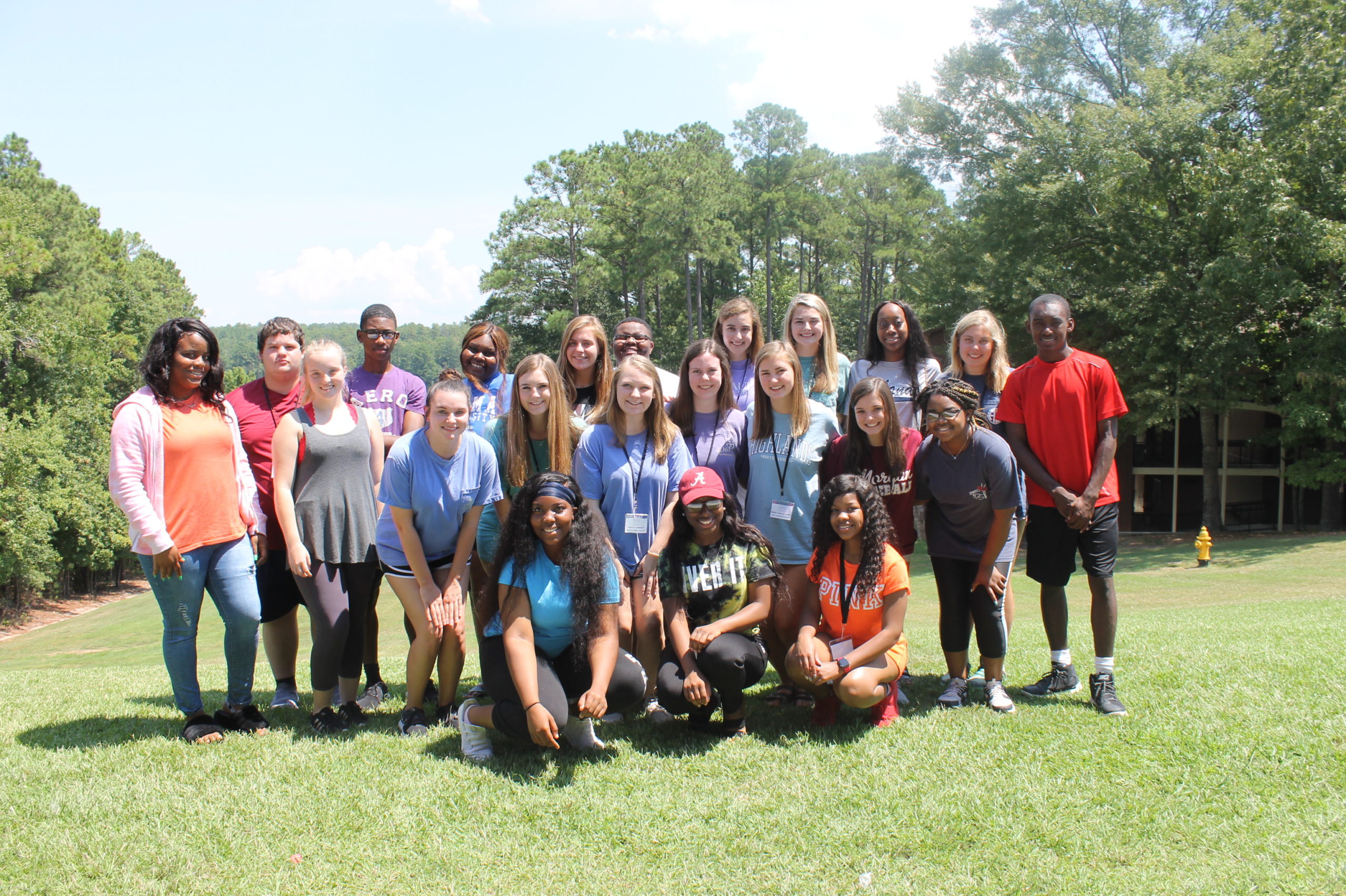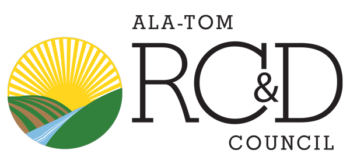How Does RC&D Work?
RC&D is an exciting local nonprofit organization led by local community leaders. To help you understand how RC&D works in this partnership, the following information explains the RC&D program, the RC&D Area, the Council, and the relationships and responsibilities of each.

The Whole Picture
RC&D was initially started back in the 1960’s to address rural poverty and help rural communities generate sustainable natural resource-based economies. Although today many RC&D Areas are not rural and are not poor, the need for the RC&D concept is just as strong as ever. RC&D is not the same-old, same-old – RC&D is collaborative, multi-leveled, action-oriented, and inclusive. And, sometimes, “RC&D” is difficult to explain and difficult to quantify. However, the effect of the RC&D approach to solving community problems involving local people in voluntary, empowering ways can be felt with almost every RC&D project that happens across the country.
The RC&D Program
The purpose of the RC&D program is to accelerate the conservation, development and utilization of natural resources, improve the general level of economic activity, and to enhance the environment and standard of living in designated RC&D areas. Current program objectives focus on improvement of quality of life achieved through natural resources conservation, community development which leads to sustainable communities, prudent use (development), and the management and conservation of natural resources.
The RC&D Area
RC&D areas are locally-sponsored areas designated by the Secretary of Agriculture for RC&D technical and financial assistance program funds. In the ALA-TOM RC&D Area there were several founding members that worked on the application for assistance, which was approved by the Secretary of Agriculture in 1981.
The RC&D Council
The RC&D Council is the heart of the RC&D concept. The Council is a membership-based nonprofit entity that is established and run by volunteers to carry out the mission of the RC&D. The Council is composed of members that are key community leaders in soil and water conservation, government, and community development. They are the steering committee and action team to implement the “Area Plan”, a community-driven strategic long-range plan to improve the quality of life in the communities in the RC&D Area.
The RC&D Council members need to be action-oriented volunteers and leaders that help the Council address needs in the community through good planning and project implementation. In this “make it happen” style, the Council also periodically evaluates its progress on the Area Plan and gathers input from the community. The Council members represent all the counties of the Area. This larger membership body formally meets twice a year to develop the annual plan of work and celebrate accomplishments.
The RC&D Council’s Board of Directors
The Board of Directors manage the affairs of the RC&D Council as an incorporated 501(c)(3) organization. The Board formally approves the Area Plan, mission, policies, budget, projects, and hiring of Council Staff. Board members have legal and fiduciary responsibilities. Essentially, the Board of Directors ensures that the organization is well-managed and running properly in order to obtain the objectives of the RC&D Council.
The RC&D Staff
The RC&D Staff, along with volunteer Board and Council Members, other volunteers and partners help implement the goals of the RC&D Council. Staff is hired by the Board to implement the long range goals, policies, and organizational operations that have all been approved by the Board.
So, That’s RC&D 101
It’s the community-driven collaboration and communication that goes on between all these pieces of RC&D that make it work. From Washington, DC down to a couple people brainstorming over collard greens and ice tea, the RC&D network is a powerful way to help people change their communities for the better. Get involved with the ALA-TOM RC&D and help make things happen! Contact us at 334-636-0120.
All programs and services of RC&D are offered on a non-discriminatory basis, without regard to race, color, national origin, sex, religion, age, disability, political beliefs, sexual orientation, or maritial or family status.
